Whirlpool: Classic Value
The appliance maker has so far fought off the housing slump and fears that it blundered when it bought Maytag. Yet the stock has as many detractors as it has supporters.

When a successful company buys a lesser and troubled rival, you have to think about the makers of Mercedes-Benz and why on earth they tortured themselves with Chrysler. Similarly, Whirlpool took a huge chance by buying Maytag a year ago for $2.8 billion in cash, stock and assumed debt. Besides paying dearly for a famous but lagging brand, a company Whirlpool candidly described afterwards as hindered by high production costs and lack of innovation, the buyout coincided with a downturn in homebuilding and remodeling. Housing was still rollicking when Whirlpool cooked up the transaction in the middle of 2005.
Whirlpool justified the acquisition by assuming $400 million in savings, or a good year’s total profit, from the combined companies. After closing some Maytag plants, Whirlpool expects to reach these savings by the end of 2007. Moreover, Whirlpool says the acquisition allows it to expand its presence in stores and fill a few holes in product lines, despite already being the dominant brand in the U.S and owning major brands in Europe and Latin America.
Whirlpool has defended the merger aggressively, a strategy that’s won it time from Wall Street to put up or shut up. So far, it appears the combination is working. In mid February, Whirlpool reported that it earned $6.35 per share in 2006, ahead of the $6 to $6.25 the company had predicted at merger time and the $5.50 to $6 that analysts had been forecasting. The good showing came largely from increased sales overseas, although some deferred capital spending contributed to the positive surprise. And the company produced enough cash flow to work off some of the acquisition debt. The stock (symbol WHR), which fell from $91 to the $70s soon after the completion of the merger, has recovered all of its losses. It closed at $94.44 on February 21, down 1.5% for the day.
From just $107.88 $24.99 for Kiplinger Personal Finance
Become a smarter, better informed investor. Subscribe from just $107.88 $24.99, plus get up to 4 Special Issues

Sign up for Kiplinger’s Free Newsletters
Profit and prosper with the best of expert advice on investing, taxes, retirement, personal finance and more - straight to your e-mail.
Profit and prosper with the best of expert advice - straight to your e-mail.
At the same time they announced 2006 results, Whirlpool’s brass forecast earnings of $9 a share this year. Given that Whirlpool hasn’t experience year-to-year earnings gains of that magnitude since 2002 and 2003, the forecast seems awfully aggressive. Such bears as Citigroup analyst Jeffrey Sprague don’t see $9 as a remote possibility. He cites higher costs for such materials as steel and copper in contending that it’s just as plausible that Whirlpool earnings will fall than rise by some 40%. Sprague recommends selling the stock.
Whirlpool’s retort to Sprague and other doubters is that higher prices, new products (there are cool new high-end washers and dryers ready to ship) and more economizing will leverage the profits. If the company is right, and Whirlpool maintains its price-earnings ratio of about 14, there is enormous upside in the stock, to as much as $125 in the coming year.
The deciding factor appears to be what happens to housing starts. If they plunge more, Whirlpool is in trouble. If they don’t, and mortgage rates stay low enough so that enough people move and remodel, appliance sales will exceed expectations. One thing the Maytag acquisition did -- and why this situation isn’t entirely like DaimlerChrysler -- is result in a near-monopoly. Chinese appliance makers are competitors on the low end, but after them and GE, this business is a one-horse race. Whirlpool’s stock may be weak in the first half of the year. If it retreats, as it did in 2006, it could be a classic value opportunity.
Profit and prosper with the best of Kiplinger's advice on investing, taxes, retirement, personal finance and much more. Delivered daily. Enter your email in the box and click Sign Me Up.

Kosnett is the editor of Kiplinger Investing for Income and writes the "Cash in Hand" column for Kiplinger Personal Finance. He is an income-investing expert who covers bonds, real estate investment trusts, oil and gas income deals, dividend stocks and anything else that pays interest and dividends. He joined Kiplinger in 1981 after six years in newspapers, including the Baltimore Sun. He is a 1976 journalism graduate from the Medill School at Northwestern University and completed an executive program at the Carnegie-Mellon University business school in 1978.
-
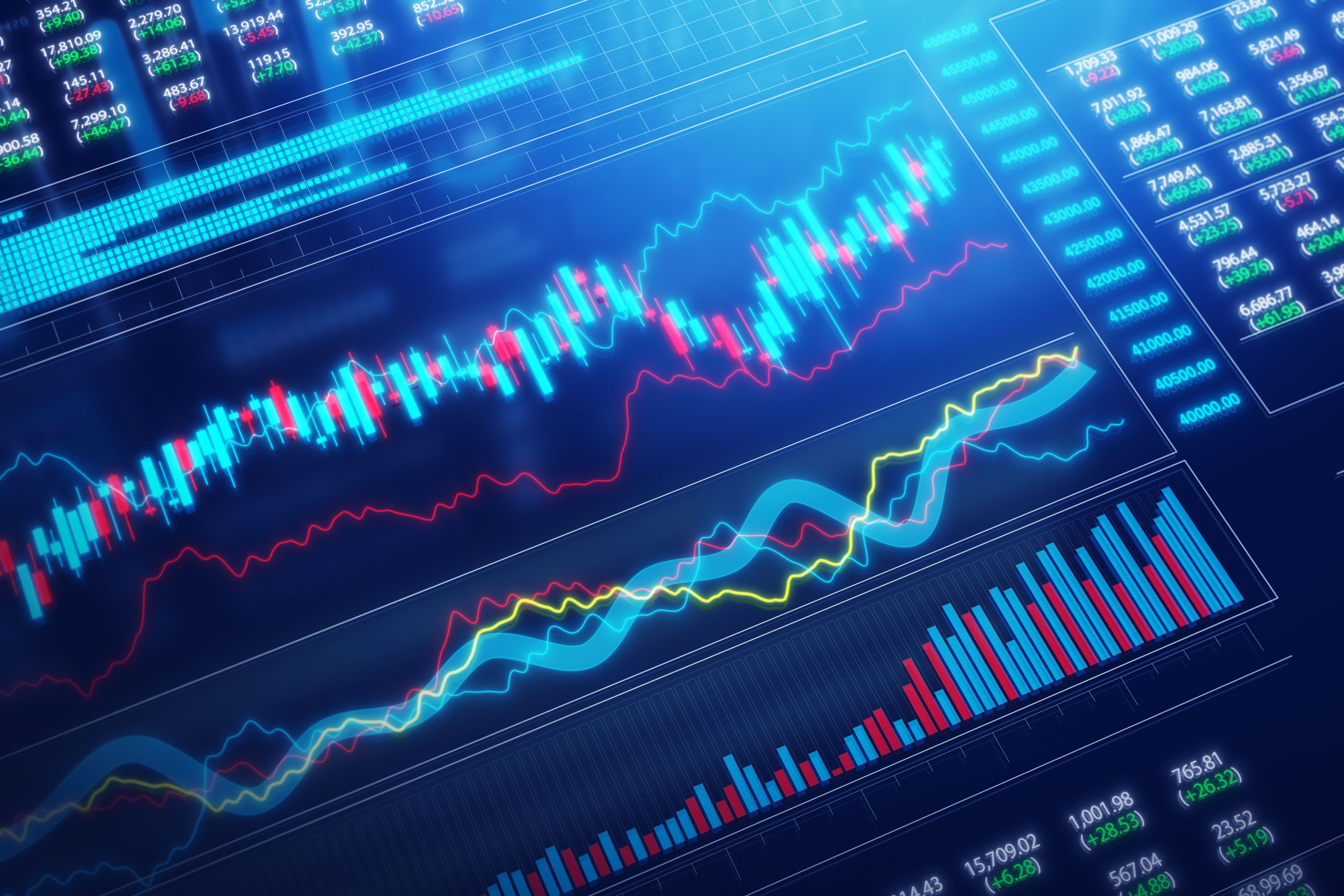 Nasdaq Leads as Tech Stages Late-Week Comeback: Stock Market Today
Nasdaq Leads as Tech Stages Late-Week Comeback: Stock Market TodayOracle stock boosted the tech sector on Friday after the company became co-owner of TikTok's U.S. operations.
-
 Disney’s Risky Acceptance of AI Videos
Disney’s Risky Acceptance of AI VideosThe Kiplinger Letter Disney will let fans run wild with AI-generated videos of its top characters. The move highlights the uneasy partnership between AI companies and Hollywood.
-
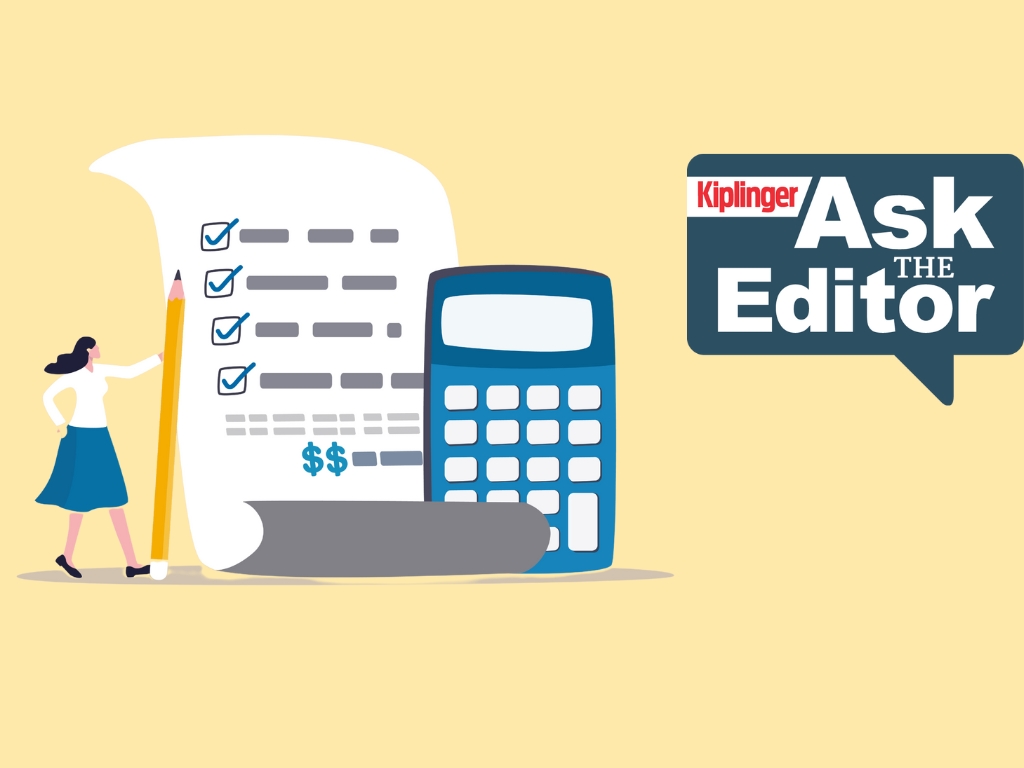 Ask the Editor: Itemized Deductions
Ask the Editor: Itemized DeductionsAsk the Editor In this week's Ask the Editor Q&A, Joy Taylor answers questions on itemized deductions claimed on Schedule A of Form 1040
-
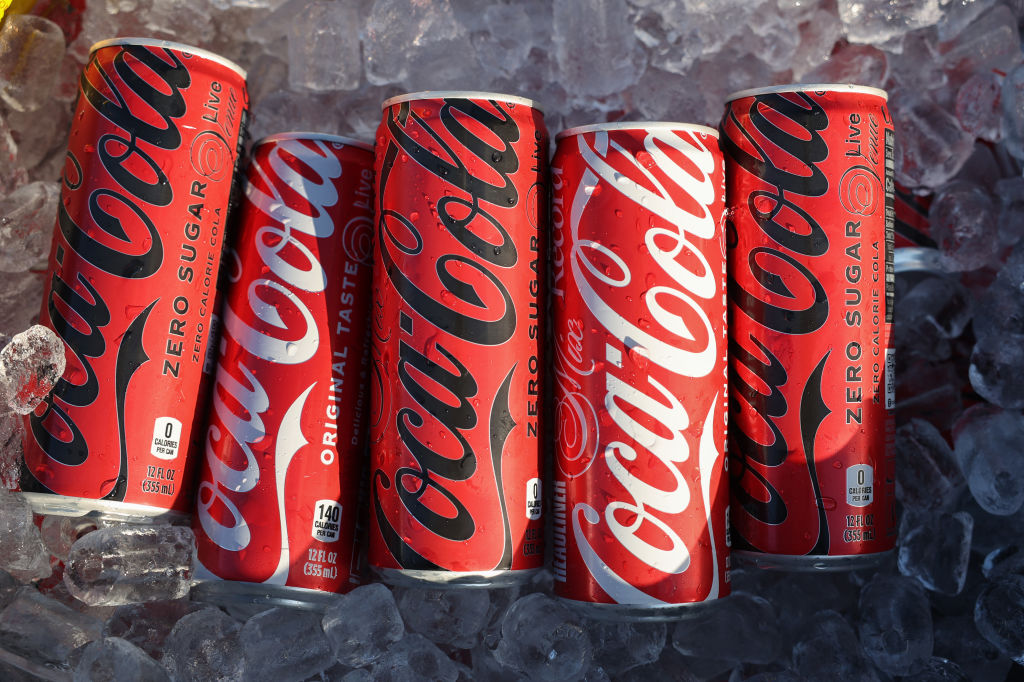 If You'd Put $1,000 Into Coca-Cola Stock 20 Years Ago, Here's What You'd Have Today
If You'd Put $1,000 Into Coca-Cola Stock 20 Years Ago, Here's What You'd Have TodayEven with its reliable dividend growth and generous stock buybacks, Coca-Cola has underperformed the broad market in the long term.
-
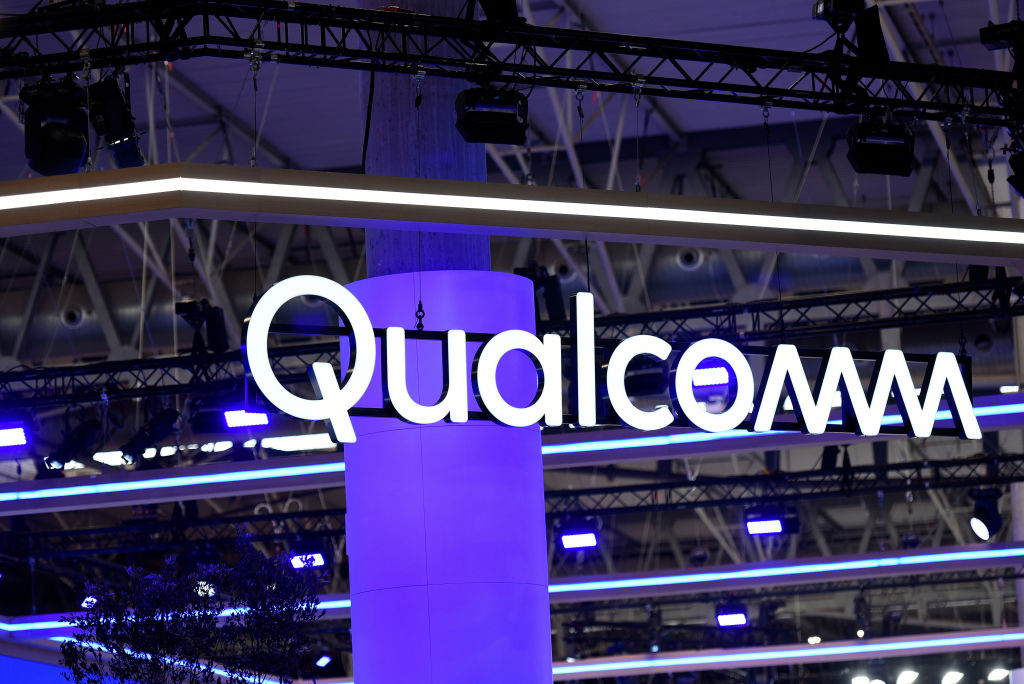 If You Put $1,000 into Qualcomm Stock 20 Years Ago, Here's What You Would Have Today
If You Put $1,000 into Qualcomm Stock 20 Years Ago, Here's What You Would Have TodayQualcomm stock has been a big disappointment for truly long-term investors.
-
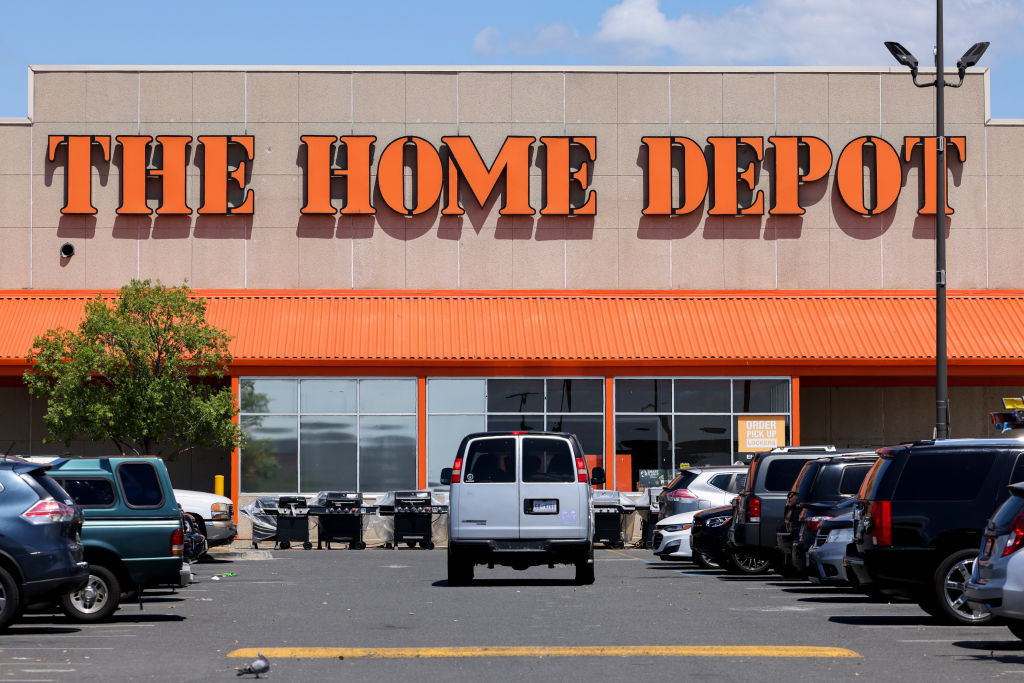 If You'd Put $1,000 Into Home Depot Stock 20 Years Ago, Here's What You'd Have Today
If You'd Put $1,000 Into Home Depot Stock 20 Years Ago, Here's What You'd Have TodayHome Depot stock has been a buy-and-hold banger for truly long-term investors.
-
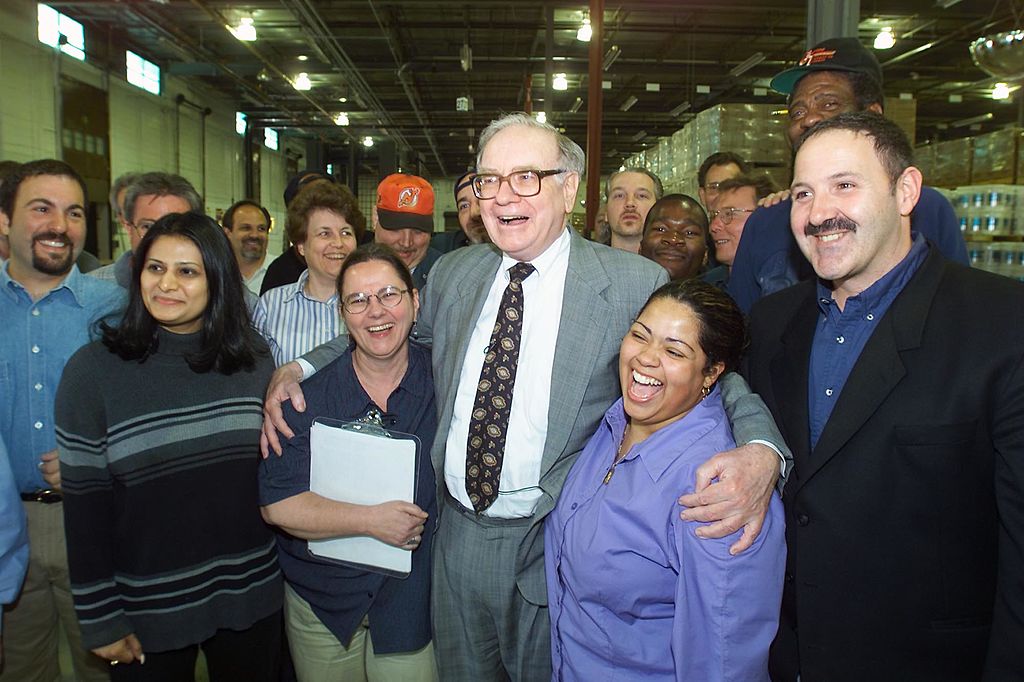 What the Rich Know About Investing That You Don't
What the Rich Know About Investing That You Don'tPeople like Warren Buffett become people like Warren Buffett by following basic rules and being disciplined. Here's how to accumulate real wealth.
-
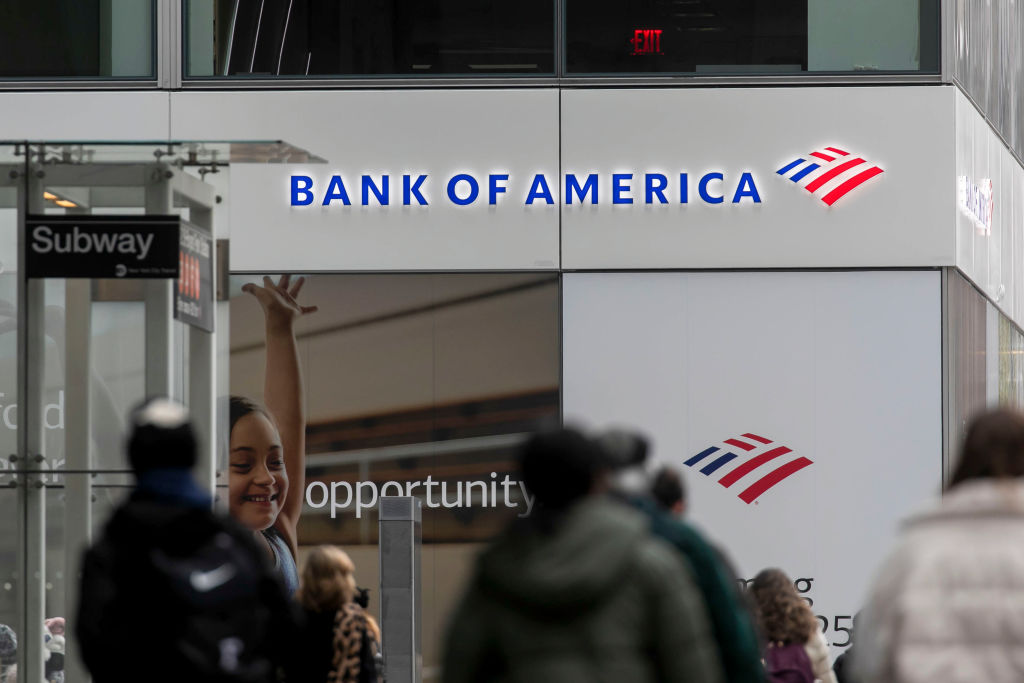 If You'd Put $1,000 Into Bank of America Stock 20 Years Ago, Here's What You'd Have Today
If You'd Put $1,000 Into Bank of America Stock 20 Years Ago, Here's What You'd Have TodayBank of America stock has been a massive buy-and-hold bust.
-

 If You'd Put $1,000 Into Oracle Stock 20 Years Ago, Here's What You'd Have Today
If You'd Put $1,000 Into Oracle Stock 20 Years Ago, Here's What You'd Have TodayORCL Oracle stock has been an outstanding buy-and-hold bet for decades.
-
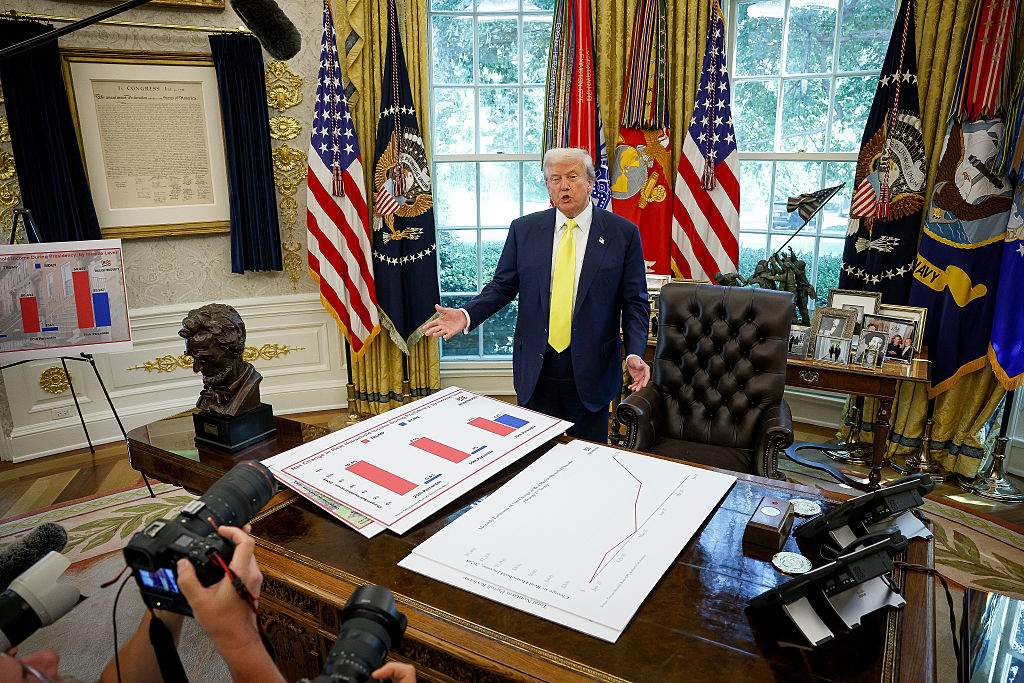 How to Invest for Rising Data Integrity Risk
How to Invest for Rising Data Integrity RiskAmid a broad assault on venerable institutions, President Trump has targeted agencies responsible for data critical to markets. How should investors respond?
-
 If You'd Put $1,000 Into Sherwin-Williams Stock 20 Years Ago, Here's What You'd Have Today
If You'd Put $1,000 Into Sherwin-Williams Stock 20 Years Ago, Here's What You'd Have TodaySherwin-Williams stock has clobbered the broader market by a wide margin for a long time.